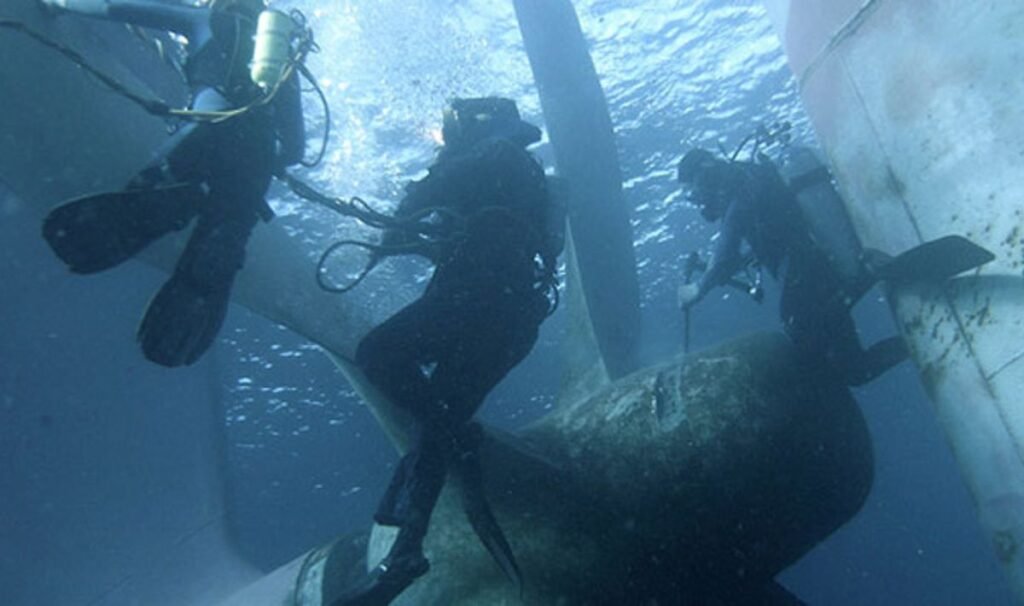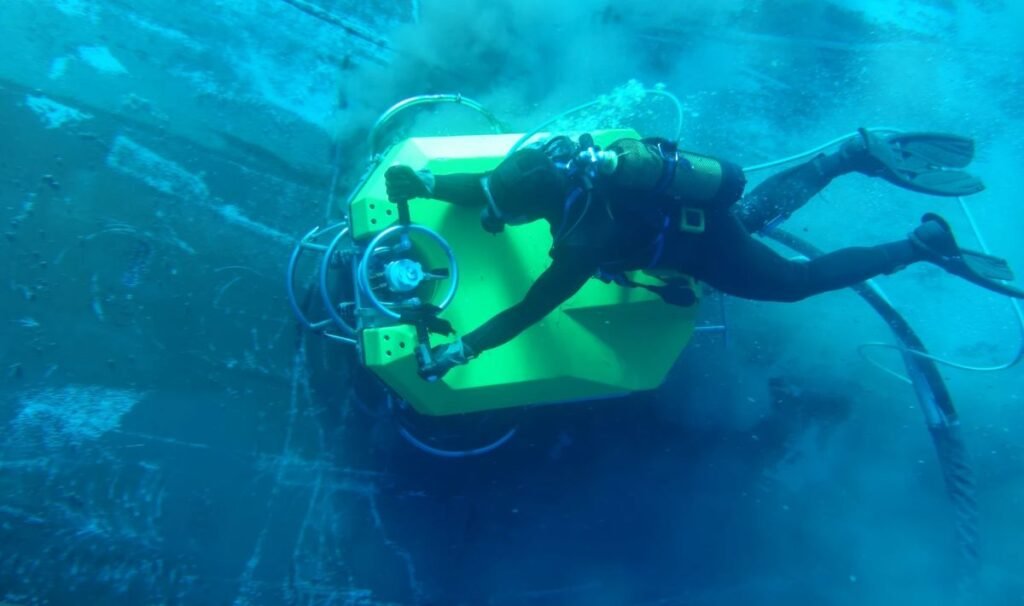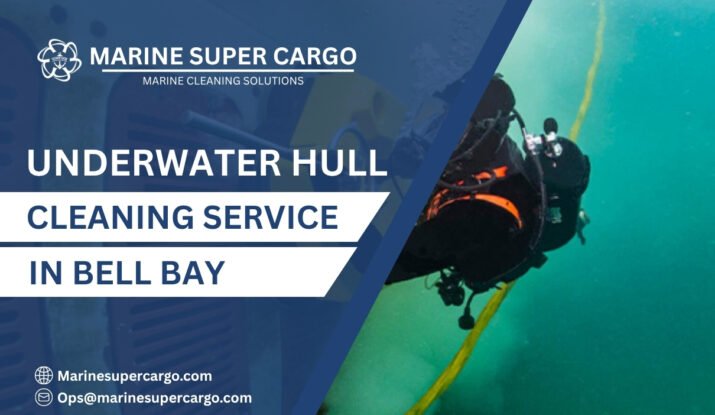Imagine your ship slicing through the mouth of the Tamar River, gliding smoothly into the heart of the Port of Bell Bay. What you don’t see—from the dock or the bridge—are the thousands of tiny marine hitchhikers taking a free ride below the waterline. Their silent invasion can turn your efficient, sleek vessel into a sluggish, fuel-guzzling barge. The smart solution? Proactive, expert underwater hull cleaning in Bell Bay.
Let’s dive deep into everything you need to know: why this service is more important than ever, how it works in the unique Bell Bay setting, and how you can maximize performance, safety, and savings for your fleet.
Why Underwater Hull Cleaning in Bell Bay Is Crucial
Bell Bay’s brackish waters—rich with life and regulation—make it a hotspot for rapid biofouling. Even the best coatings can’t stop nature’s grip. The costs?
- Performance drops with even minor fouling, affecting handling and timing.
- Fuel bills rise due to increased drag and resistance.
- Biosecurity risks can lead to delays or fines under Tasmania’s strict laws.
That’s why underwater hull cleaning in Bell Bay isn’t optional—it’s your frontline defense for efficiency, compliance, and vessel safety.
Bell Bay’s Marine Setting: Unique Challenges and Opportunities
Bell Bay’s mix of marine and freshwater, plus seasonal runoff and warmth, makes it a hotspot for rapid biofouling. With constant vessel traffic, even minor fouling can disrupt schedules and supply chains—clean hulls keep operations smooth and efficient.

The Real Risks of Biofouling in Underwater Hull Cleaning in Bell Bay
Biofouling isn’t just ugly—it’s expensive and dangerous. Barnacles, algae, and tubeworms increase drag, spiking fuel use by 10–40%. They corrode coatings, block sensors, disrupt cooling systems, and trigger costly delays under strict Australian and Tasmanian biosecurity rules.
Modern Approaches to Underwater Hull Cleaning in Bell Bay
Forget the days of old-school diver scraping, risking paint and the environment alike. Today, cutting-edge underwater hull cleaning in Bell Bay is both high-tech and eco-conscious.
The Rise of Enclosed, Eco-Friendly Cleaning Systems
- How it works: The system sticks to the hull using suction, gently scrubs away all fouling, and vacuums it into an onboard filtration unit—capturing 100% of waste and returning clean water to the estuary.
- All-in-one solution: Removes slime, barnacles, and heavy fouling while preserving antifouling coatings.
- Award-winning: Recognized for environment-first design, making it the preferred option for ports sensitive to biosecurity and ecological risk.
Divers, Robots, and Advanced Technology
While robots get top billing, professionally trained divers still play a role.
- Robotic/hydraulic brush kart systems: Multiple rotating brushes—using INOX or nylon bristles for different fouling types—work in tandem, protecting paint and maximizing cleaning speed.
- ROVs: Remote-operated vehicles can inspect before and after cleaning, delivering video evidence, and reaching niche areas.
- Mechanical vs. suction systems: Suction-capture is now preferred, but in some niche or smaller craft settings, manual or brush-based diver operations are still competitive, affordable options.
How the Cleaning Process Works: Step by Step
Assessment and Scheduling
Every job starts with a tailored survey:
- Performance data & inspection: Advanced providers gather vessel performance reports and send divers or ROVs to visually inspect the hull.
- Custom schedule: Cleaning is timed for minimal port disruption—often while vessels are alongside for loading/unloading or at anchorage.
Cleaning Execution and Waste Management of Underwater Hull Cleaning in Bell Bay
Hull cleaning uses divers or robots with adjustable brushes suited to the vessel’s paint and fouling level.
Debris is captured through vacuum systems and filtered to prevent pollution.
A post-clean inspection checks hull integrity and coating preservation.
Full documentation—including images and compliance certificates—is provided for records and regulatory audits.
Major Benefits: Efficiency, Savings, and Compliance
Fuel Economy and Vessel Speed
A clean hull isn’t just prettier—it’s a fuel-saving, speed-boosting asset. You’ll see:
- Up to 20–40% better fuel consumption in severely fouled vessels.
- Reliable operational speeds—no more chugging or vibration when it’s time to move fast.
- Lower maintenance costs over the vessel’s lifespan.
Environmental Stewardship and Regulatory Peace of Mind
Bell Bay’s environmental reputation isn’t negotiable. Suction-capture systems and routine cleaning:
These systems help you fulfill global environmental mandates, such as those from the International Maritime Organization (IMO), along with local guidelines set by Tasmanian authorities.
- Prevent the spread of invasive marine pests.
- Keep operations legal and timely by smoothing over biosecurity checks.
- Help you fulfill global environmental mandates and local guidelines.
When Should You Clean Your Vessel in Bell Bay?
Frequency depends on vessel use, coating type, and idle time. In general:
- Clean every 3–6 months or after performance drops.
- Always clean after layups or long port stays.
- Before/after international voyages to comply with Australian laws.
- Increase frequency during warm or rainy seasons.
Choosing the Right Provider for Underwater Hull Cleaning in Bell Bay
Not all companies are created equal—here’s what to look for:
Essential Qualities and Certifications
- Local credentials: Ensure the provider abides by EPA guidelines for in-water cleaning. Referencing national port standards like those from Ports Australia ensures a broader compliance benchmark.
- Biosecurity knowledge: Familiarity with invasive species protocols is essential.
- Safety and insurance: Certified divers, trained surface support, and emergency protocols.

Overcoming Common Challenges in Bell Bay
Operating in Bell Bay means facing a few unique hurdles:
- Changing visibility: River-borne silt and shifting currents can obscure hulls. Pros use enhanced lighting and ROVs for accurate inspection.
- Strong tidal forces: Gear and tech need to stand up to local conditions—ask providers about their setup for Bell Bay.
- Biosecurity and scheduling stress: With such strict laws, only work with companies adept at paperwork, biofouling ID, and environmental compliance.
Smart Maintenance: Getting the Most Out of Every Cleaning
- Bundle services: Many providers offer routine inspections, stats tracking, and cleaning as a package, saving time and money long-term.
- Track everything: Keep cleaning logs and performance records—vital for audits and future planning.
- Educate your crew: Early spot detection can mean quicker, cheaper cleaning later.
Conclusion: Cleaner Hulls, Smoother Voyages in Bell Bay
The bottom line? In the fast-evolving Port of Bell Bay, underwater hull cleaning in Bell Bay is your hidden advantage. Clean hulls mean less drag, more speed, lower fuel bills, and no regulatory surprises—a triple win for your wallet, your schedule, and the environment. With smart technology, skilled divers, and a proactive approach, you can sail past the competition and play your role in protecting Tasmania’s precious marine ecosystem.
FAQ:
Q1. How frequently should hull cleaning be scheduled in Bell Bay?
Most commercial vessels benefit from a professional cleaning every 3–6 months, but increased frequency may be needed after long idle periods or visible performance dips.


